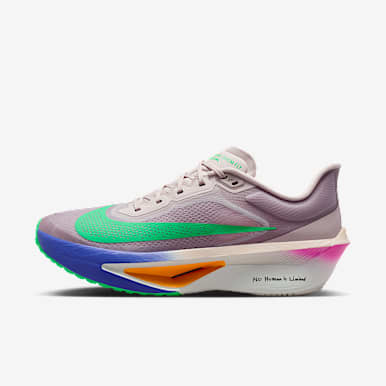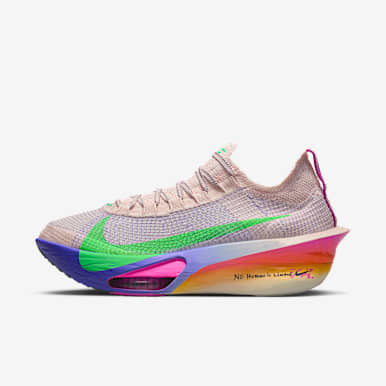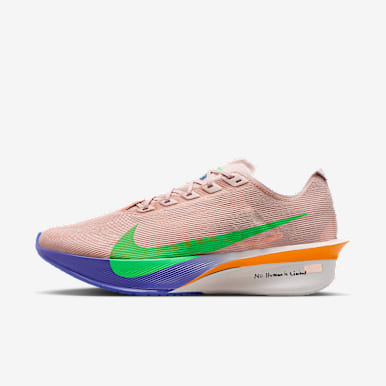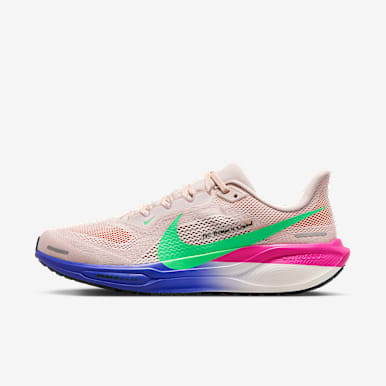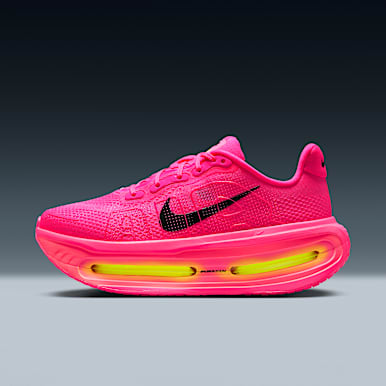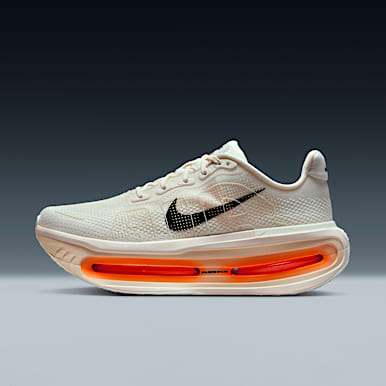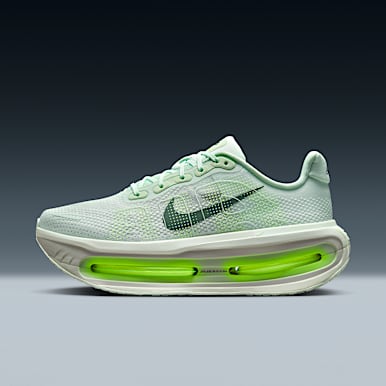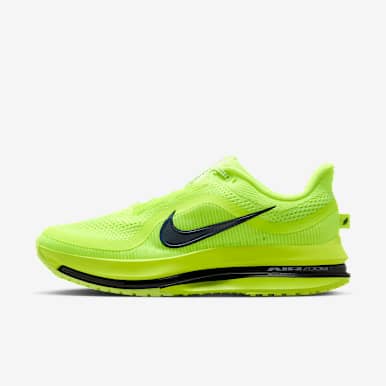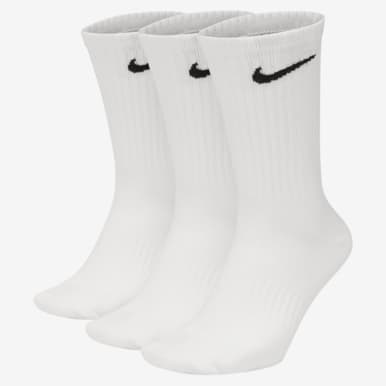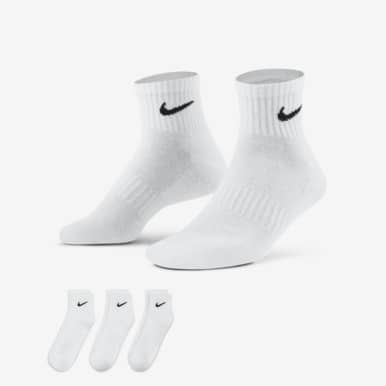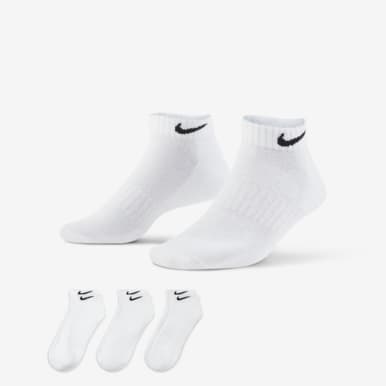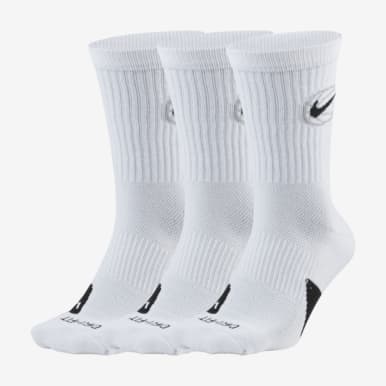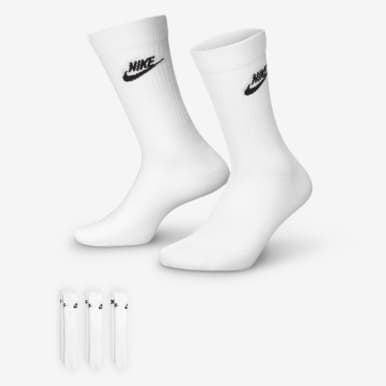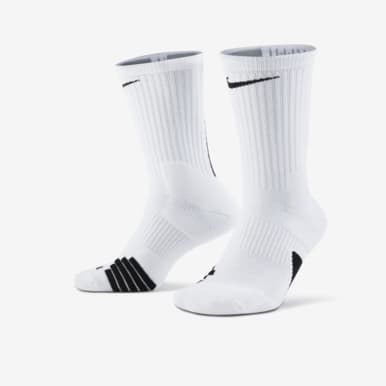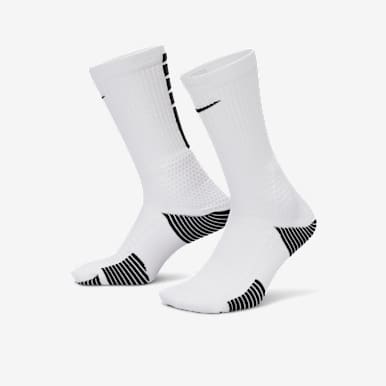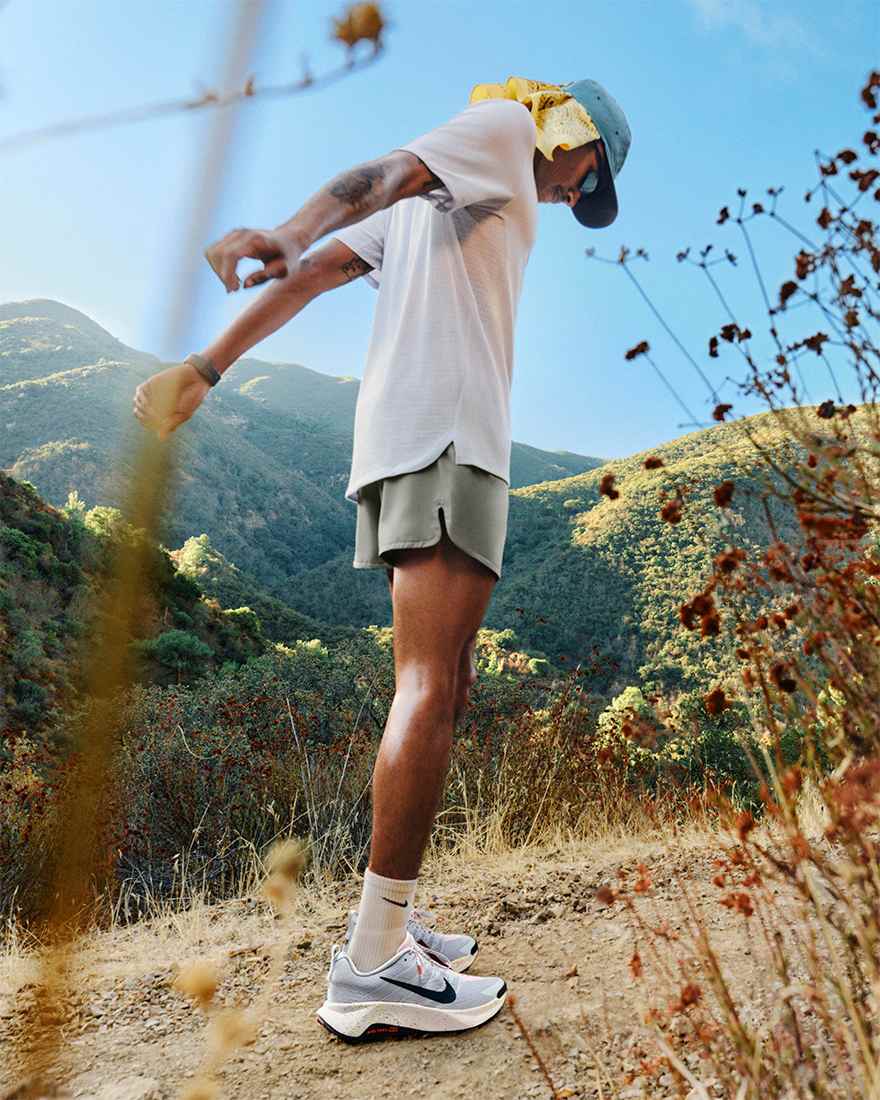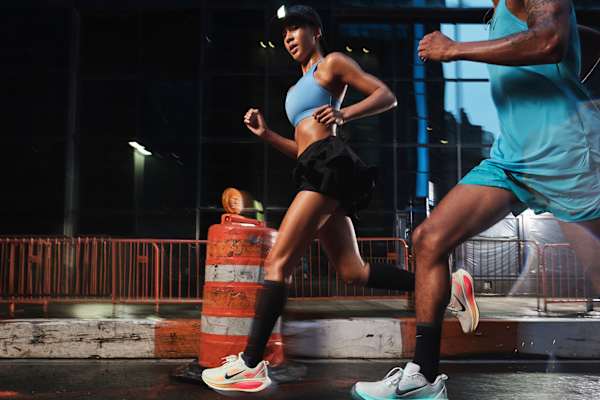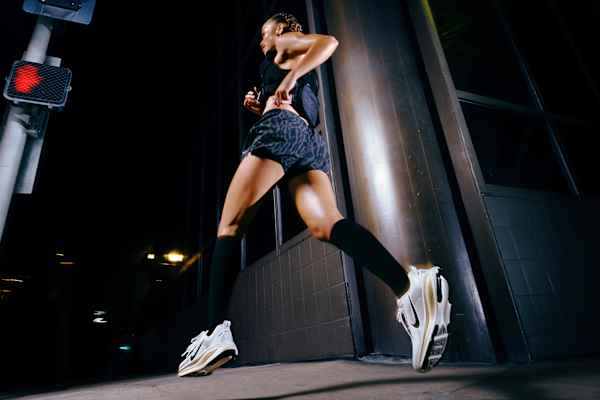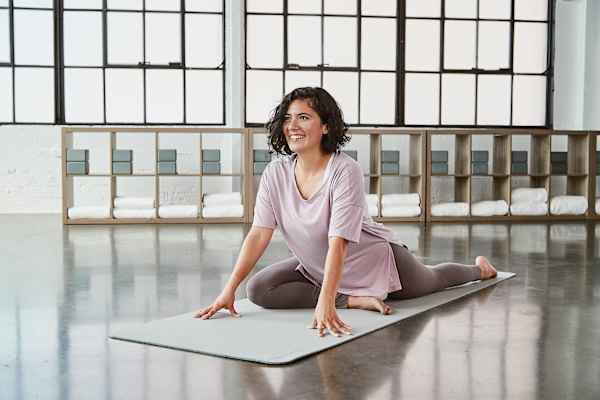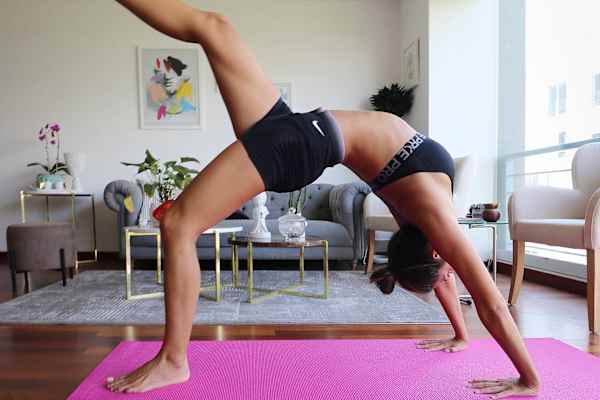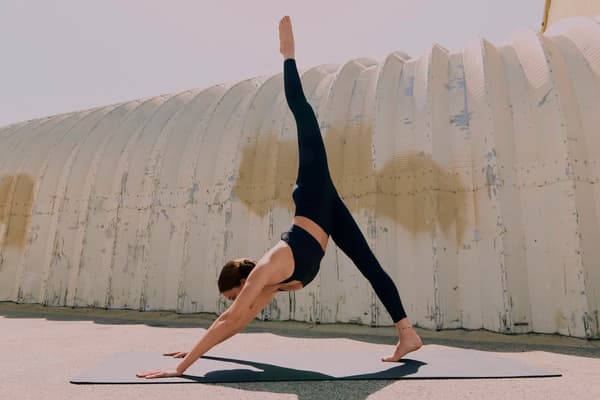How to prevent blisters while running
Activity
Plus, learn how to treat them.

No matter how seasoned you are as a runner, blisters are often inevitable. Even elite athletes occasionally get a blister somewhere on their feet while running.
"Blisters form from friction, heat and moisture, all of which are common when running", says board-certified dermatologist Asmi Berry, DO, FAAD. Some can be painful, while others are practically unnoticeable—you may not even realise you have one until taking your sock off. Ahead, learn about specific scenarios in which blisters can form so you can help prevent them.
How you can get a blister while running
"Blisters are especially common for those who are just starting to run, coming back from a long break or training for a marathon", says Miguel Cunha, DPM, a board-certified foot surgeon and podiatrist, and founder of Gotham Footcare in Manhattan.
"Repetitive friction between the foot, sock and shoe generates heat and moisture, causing skin irritation and blister formation", he says. "Marathon runners are especially susceptible to blisters due to prolonged exposure to friction and sweat, which increases the likelihood of skin breakdown". When excessive rubbing causes skin cells to separate, fluid penetrates the gap between the upper and lower skin layers, forming the bubble shape of a blister.
Here are reasons you may get blisters while running, according to Cunha and Berry.
- Improper shoe fit: "Wearing running shoes that are too big or too small can cause blisters. When they're too tight, they can create pressure points", Cunha says, "which can cause parts of your feet to become red, warm and sting". "If your shoes are too loose, your foot will slide around, causing even more friction", Berry says.
- Sweat and moisture: "Excessive sweating can increase rubbing, leading to fluid-filled pockets under the skin", Berry says. If your socks are made from cotton, this can increase moisture around your foot, as the material doesn't wick away moisture—it traps it. "Cotton socks retain moisture, which softens the skin and makes it more prone to blisters", Cunha says.
- Foot structure and gait issues: "Bunions, high arches and improper running gait can all create pressure points in your feet", Cunha says.
- Changes in running terrain: "Uneven surfaces and hard pavement can increase foot movement inside the shoe, leading to blisters", Cunha says. "Running on hot pavement or trails can also be a contributing factor", Berry adds.
- Shoe and sock materials: "Seams, stiff materials or thick socks that bunch up can create friction", Cunha says. "Wearing super thin or old pairs of socks can also cause blisters", Berry adds.
- Weather conditions: "When you run in cold weather, your skin can dry out and weaken your skin barrier, making it more susceptible to blisters", Cunha explains. On the other hand, heat and humidity increase sweating, which can increase moisture in your sock.
- Sudden changes in your training: "Increasing mileage too fast or switching to new shoes or surfaces without adjusting gradually can cause blisters", Cunha says.
- Poor foot hygiene: Not regularly trimming your toenails can create pressure inside your running shoe. Rewearing dirty socks or keeping wet socks on after a run can also increase your risk of blisters.
How to prevent blisters
"As a podiatrist, I see many runners struggling with blisters", Cunha says. "But with the right approach, they can be avoided". Ahead, Cunha shares his top tips to prevent blisters while running.
Buy properly fitted running shoes
Visit a running shop to try on shoes with an expert. Ask to try a few types of shoes to get a sense of which feels the best for your foot. "Try at least three different shoe models and walk or run in them before making a choice", Cunha says. Make sure you have adequate toe space between your big toe and the top part of your shoe. "There should be about a thumb's width between your longest toe and the front of the shoe", Cunha says. "Your toes should have room to wiggle, but your foot shouldn't slide around".
Another tip: "Buy shoes in the evening when your feet are most swollen", Cunha says. This is especially important if you spend most of the day standing or walking. "Custom orthotics can also help your shoe fit better to your foot", Cunha adds.
Pro tip: Do your research or ask the expert at the running shop if the running shoes you're interested in buying are approved by the American Board of Podiatric Medicine.
Break in new shoes gradually
Getting a new pair of running kicks is exciting—it can be easy to overdo it with your new pair of shoes right from the get-go. But the key to keeping your feet free of blisters is to break them in slowly, as you would do with leather boots, for example. "Start by wearing your new shoes for short walks or runs before using them for long-distance runs", Cunha says. "Avoid sudden increases in your weekly mileage with new shoes to allow your feet the time they need to adjust".
Choose the right socks
Picking out moisture-wicking socks is just as important as finding a comfortable and breathable running shoe. "Socks made from synthetic blends and wool help wick away sweat, keeping your feet dry—all while reducing friction", Cunha says.
Use anti-friction products and protect high-friction areas
Apart from having proper running gear, there are several products you can try to help prevent a blister. "Using anti-chafing balms, petroleum jelly or specialised anti-friction sticks in high-pressure areas can help reduce rubbing", Cunha says. If your feet are prone to blisters, you can cover them with sports tape like K-tape, moleskin or gel bandages to reduce friction. "Also, consider using a moisturiser to keep your skin supple and prevent irritation", Cunha says.
Maintain good foot hygiene
"Keep your feet clean and dry", Cunha says. "Wash your feet regularly and dry them thoroughly, especially between your toes. Trim your toenails, especially if they're long, so they don't press against the shoe and cause irritation", he explains.
Rotate your running shoes
Ideally, it's great to have at least two pairs of shoes in your training rotation—especially if you run in the rain or on super humid days. "Give your shoes time to dry out between runs by alternating between multiple pairs", Cunha says.
How to care for a blister
"It can be tempting to pop a blister, but you want to avoid that unless it's very large or painful", Berry says. "A blister is your body's natural protective cushion, preventing bacteria from entering. If you pop it too soon, you can increase your risk of getting an infection. If your blister is small and not causing any pain, leave it intact and let it heal on its own", Cunha adds.
"But, if your blister is causing a lot of discomfort and in a spot where it will inevitably burst, you can drain it safely", Berry says. Follow these step-by-step tips:
- Clean the area. "Wash your hands and the blister thoroughly with soap and water or an antiseptic", Cunha says.
- Sterilise your needle. "Use rubbing alcohol to disinfect a needle or pin", Cunha says.
- Puncture the blister. "Gently pierce the edge of the blister, allowing the fluid to drain while keeping the top layer of skin intact", Cunha says.
- Avoid peeling any skin. "Keep the blistered skin in place to shield the raw and exposed area underneath, which can reduce your risk of infection", Cunha says.
- Press on the blister lightly as it drains. "Use a clean tissue or gauze to gently press out the fluid without removing the skin", Cunha says.
- Apply antibiotic ointment. "Protect the area with an antibiotic ointment and cover it with a clean bandage or dressing", Cunha says.
If a blister looks like it will pop soon on its own, Berry recommends cushioning it with a blister bandage or moleskin to help protect it from any further friction.
"If a blister has already popped, clean it gently with soap and water", Berry says. Avoid using rubbing alcohol or hydrogen peroxide, as that can slow the healing process. "Apply antibiotic ointment or petroleum jelly and cover the blister with a sterile bandage", Berry adds. Make sure you don't pick at that top layer of skin to keep it free of infection.
What's a blood blister?
Most blisters contain clear or yellowish fluid in them, but others can have blood in them. "That's because the fluid serum found in non-blood blisters separates from blood when it clots", Cunha says. "In contrast, a blood blister also forms due to friction, heat or pressure, but it contains blood because a small blood vessel beneath the skin has ruptured, allowing blood to enter the blister".
Both types of blisters can be painful, but one type isn't necessarily more concerning than the other. "Blood blisters may take longer to heal due to the presence of blood, which is thicker because of its protein content", Cunha says.
When to see a doctor
In most cases, blisters will go away on their own with home remedies. However, if you're dealing with persistent or painful blisters, it's worth visiting a podiatrist or a dermatologist to address any underlying issues.
Similarly, if you notice that your blister is showing signs of infection, it's time to get in touch with someone on your care team. "If you notice any signs of infection in your blood blister, such as pus, warmth or severe pain, you should have it evaluated by a podiatrist", Cunah says. But you don't need to wait until a blister gets infected to see a doctor. If your blister grows in size and is painful, consider seeing a medical professional to have them help you drain it safely. "In general, if a blister is interfering with your ability to move normally, professional care may be needed", Cunha says.
Certain groups of people may want to consider seeing a doctor straight after a blister forms: "If you have diabetes or circulation issues, even small blisters can lead to complications, so seek medical advice promptly", Berry says.
Words by Cheyenne Buckingham
